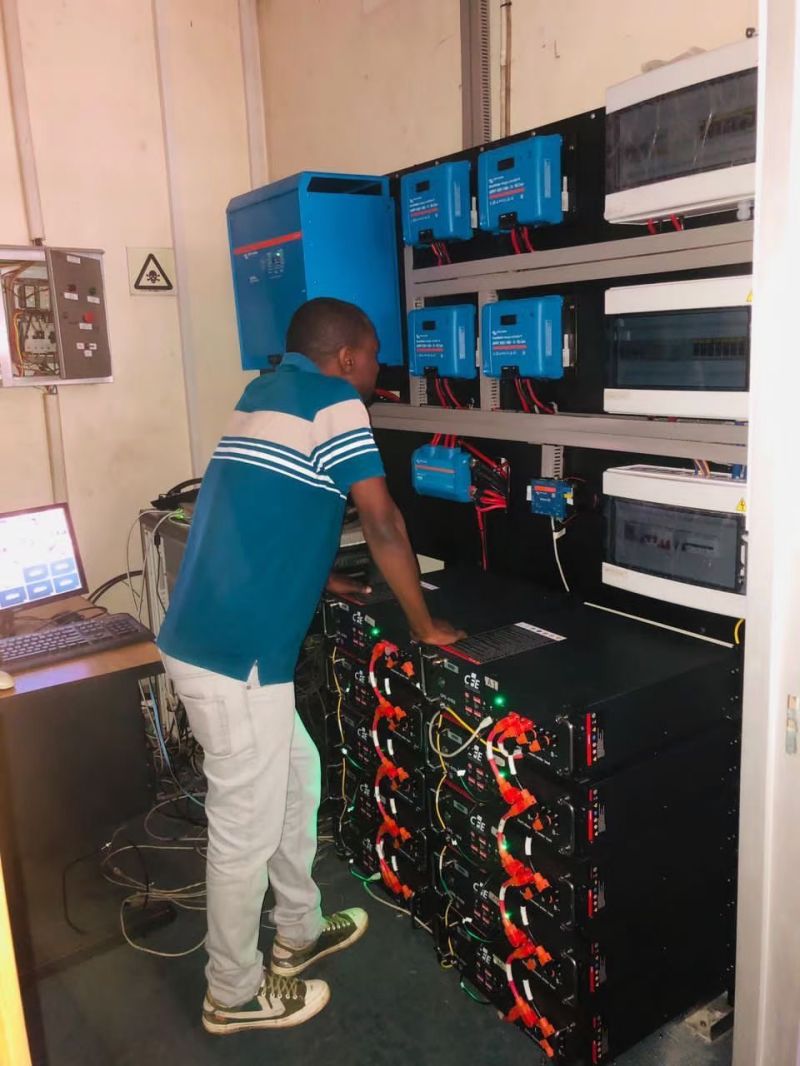As the demand for reliable and sustainable power continues to increase, energy storage has become an essential part of modern infrastructure. With the rise of renewable energy sources such as solar and wind, energy storage systems have become critical to eliminate intermittent power generation and ensure continuous power supply. An important factor in evaluating the effectiveness of an energy storage system is its charge/discharge efficiency.
Charge/discharge efficiency refers to the energy that can be stored in a battery or energy storage system compared to the energy that can be recovered from the battery or energy storage system during discharge. It is measured as a percentage and is a key metric in determining the value and economic viability of energy storage technology.

High charge/discharge efficiency means that the system is able to store a larger proportion of the energy received during charging and can recycle the majority of the energy during discharging. This efficiency is critical for energy storage systems used in a variety of applications, from residential and commercial uses to utility-scale operations.
In residential and commercial settings, energy storage systems with high charge/discharge efficiency enable homeowners and businesses to maximize the use of renewable energy. For example, if a solar panel system produces excess energy during the day when the sun is shining, it can be efficiently stored in batteries. Later in the evening, when the solar panels are not producing electricity, the stored energy can be released to meet the building's power needs. High charge/discharge efficiency ensures less energy is wasted during storage and retrieval, making the system more cost-effective and environmentally friendly.
Likewise, in utility-scale applications, highly efficient energy storage technologies play a vital role in stabilizing the grid. Renewable energy sources such as wind and solar can be intermittent, causing power generation to fluctuate. Energy storage systems can store excess energy during periods of high generation and release it during periods of low generation or high demand. By leveraging efficient storage systems, utilities can reduce the need for backup power plants and minimize reliance on fossil fuel generation, resulting in a more reliable and sustainable energy grid.
The value of energy storage charge/discharge efficiency extends beyond renewable energy integration. It also plays an important role in improving the efficiency and effectiveness of electric vehicles (EVs). Electric vehicles rely on rechargeable batteries to store energy and provide mobility. High charge/discharge efficiency means more energy from the grid can be stored in the vehicle battery, allowing for longer driving range and shorter charging times. Not only does this improve the overall performance of electric vehicles, it also helps reduce reliance on fossil fuel-powered vehicles, thereby reducing greenhouse gas emissions and promoting a cleaner transportation sector.
The pursuit of higher charge and discharge efficiency has led to continuous advances in energy storage technology. Battery chemistries, such as lithium-ion batteries, have improved significantly over the years, allowing for higher energy densities and higher efficiencies. In addition, innovative approaches such as flow batteries and supercapacitors are being developed to further improve storage efficiency and enable new applications.
As the world transitions to a more sustainable energy future, the value of energy storage charge/discharge efficiency cannot be underestimated. It enables optimal utilization of renewable energy, stabilizes power grids and improves the performance of electric vehicles.With continued research and development, energy storage systems will continue to become more efficient, expanding their contribution to a greener, more resilient energy system
Post time: Oct-19-2023